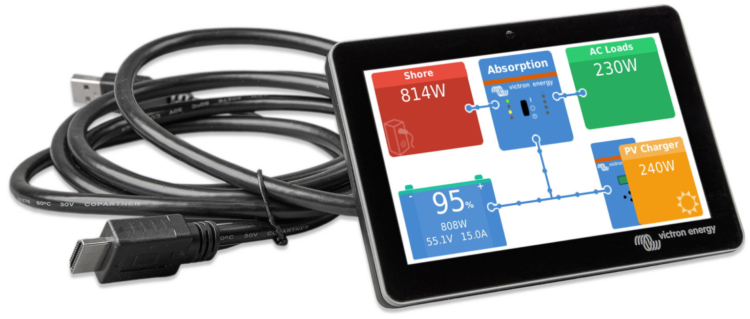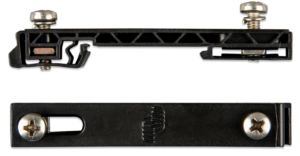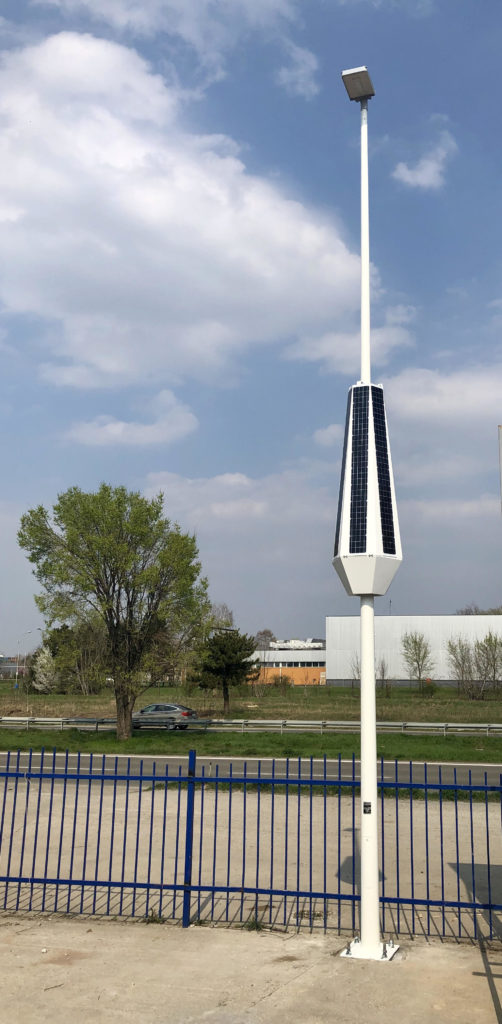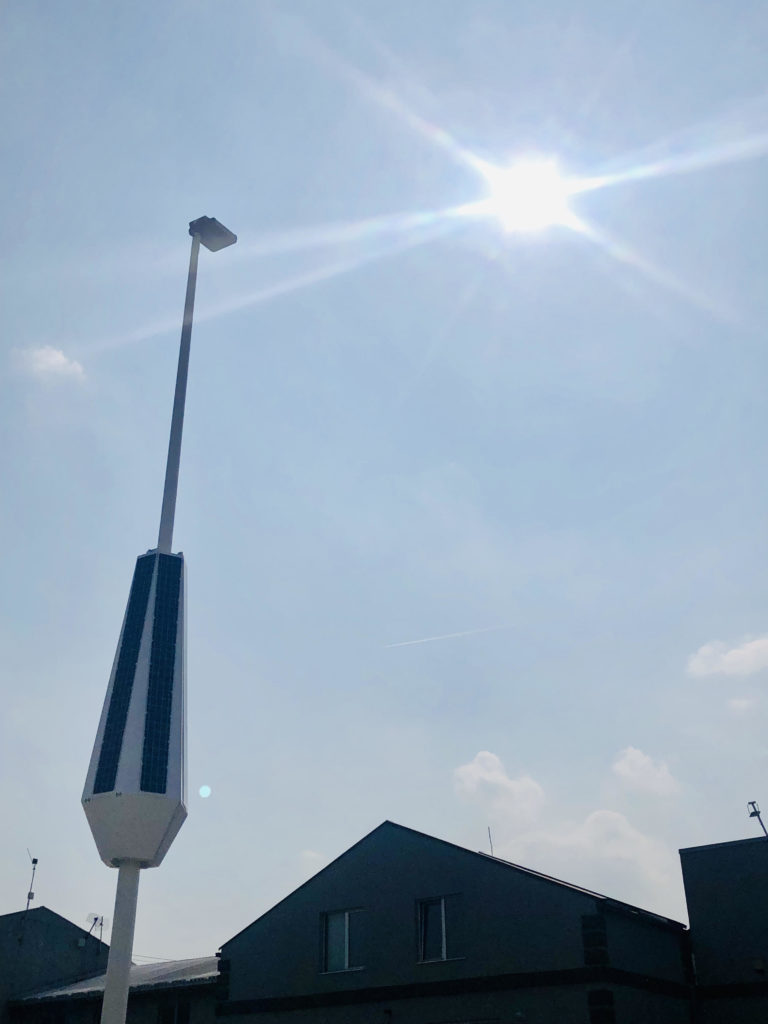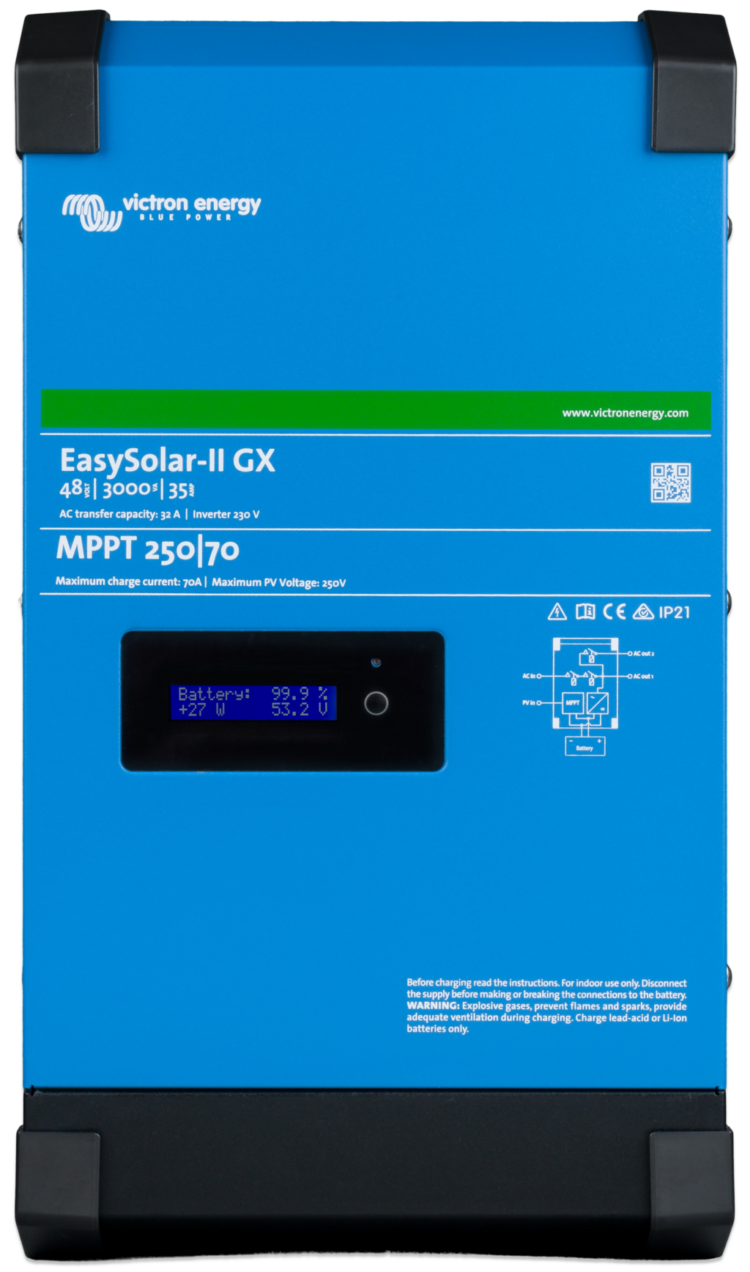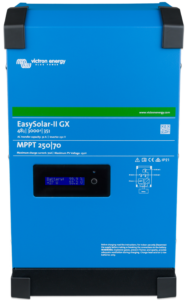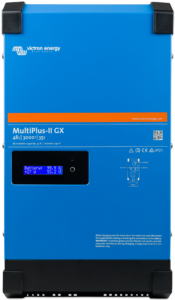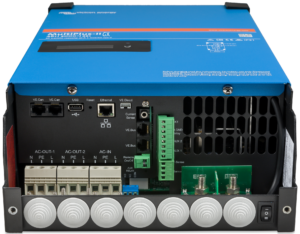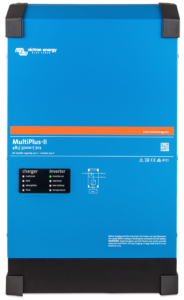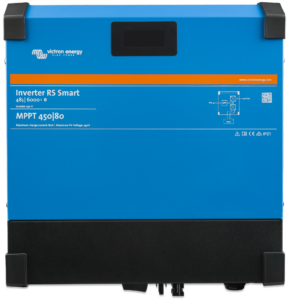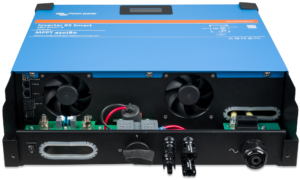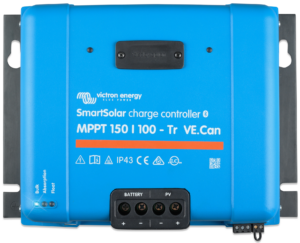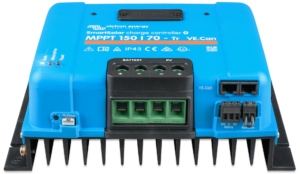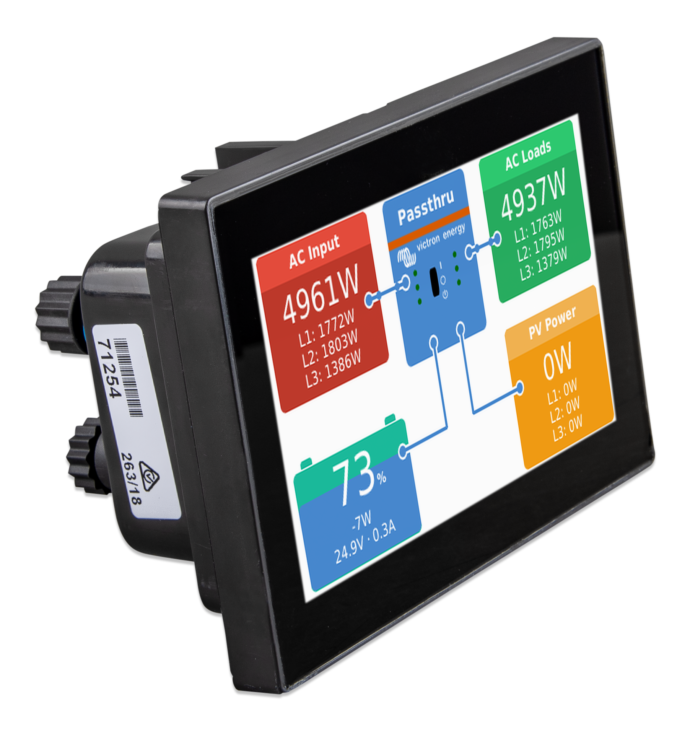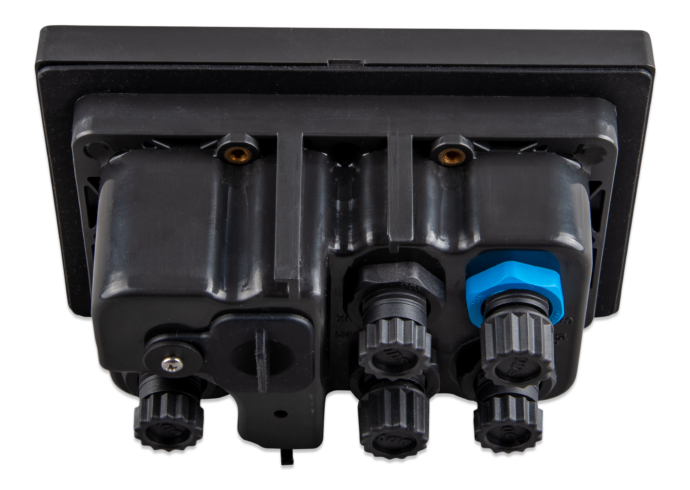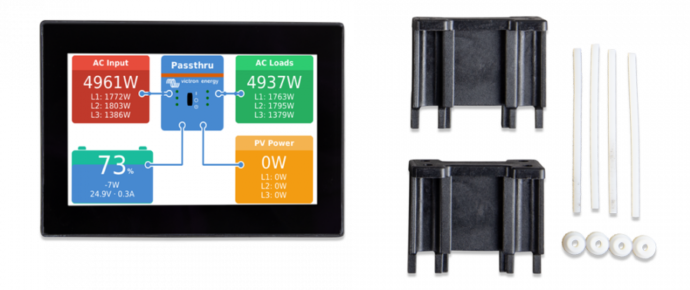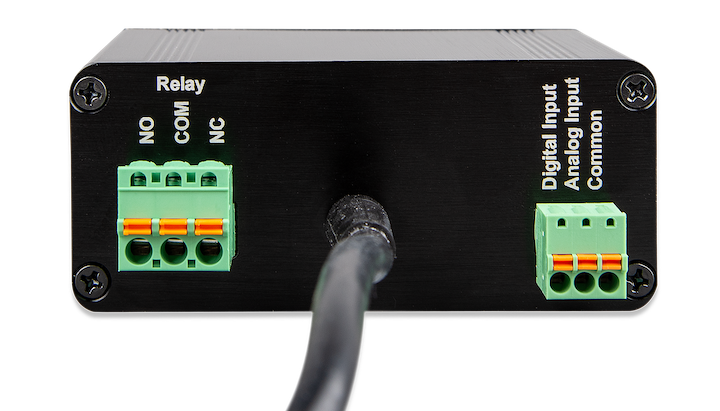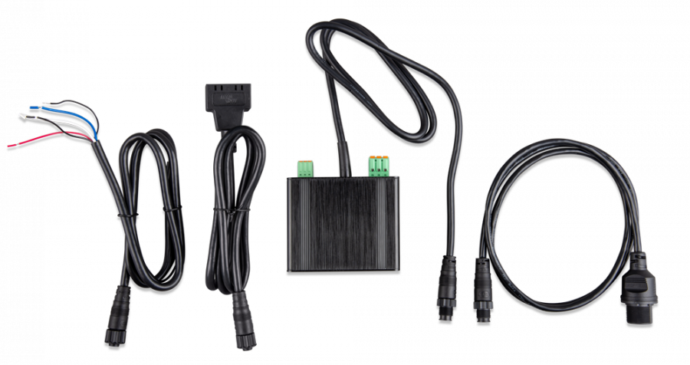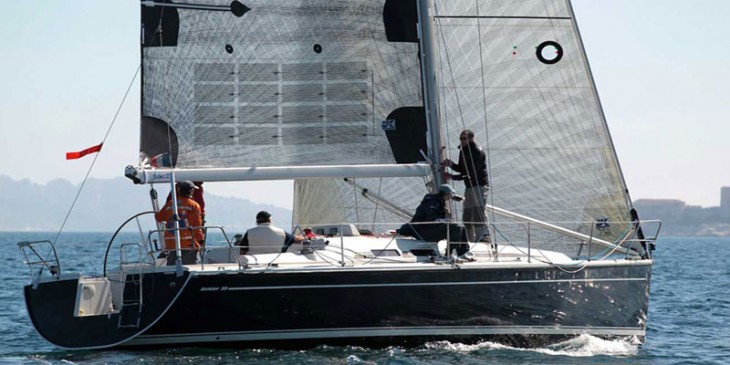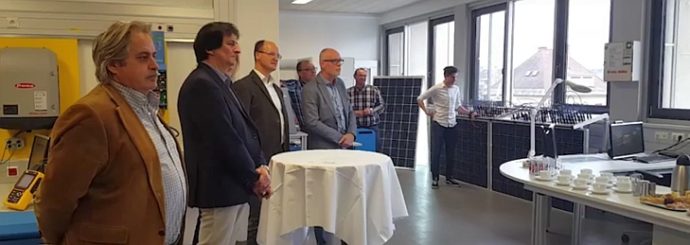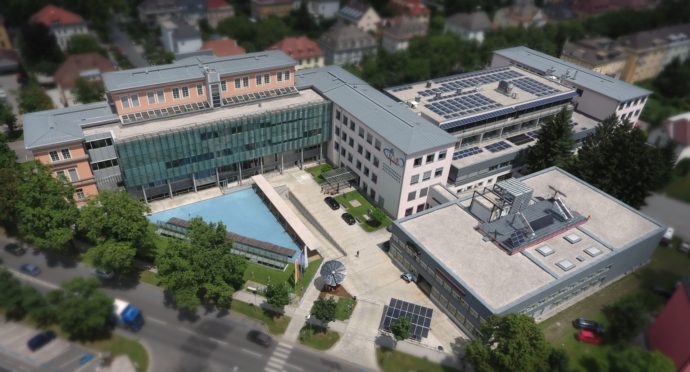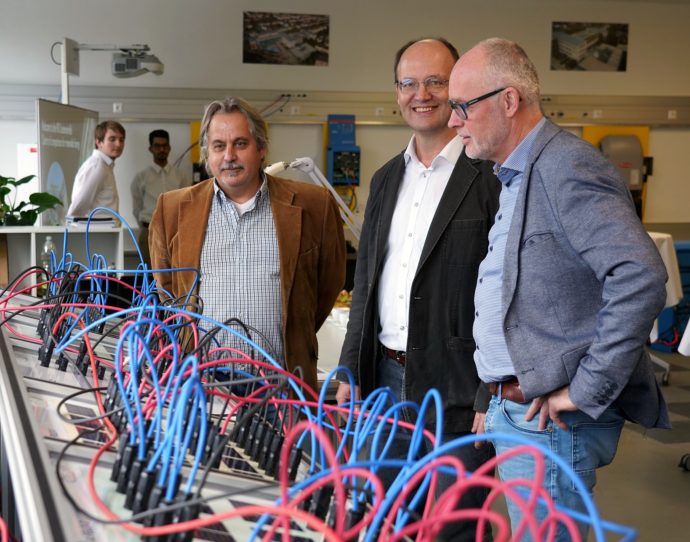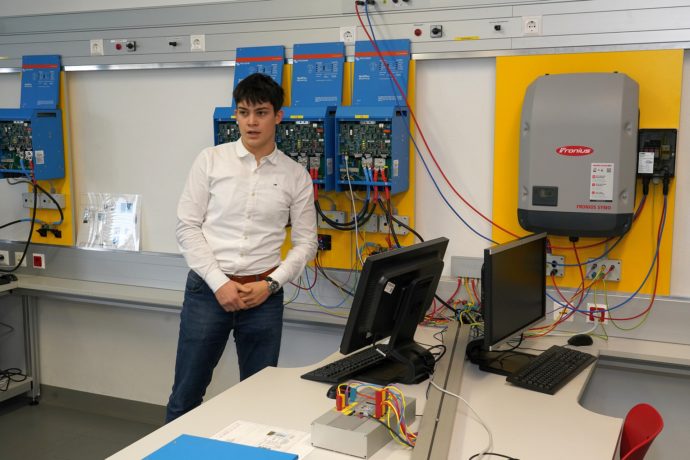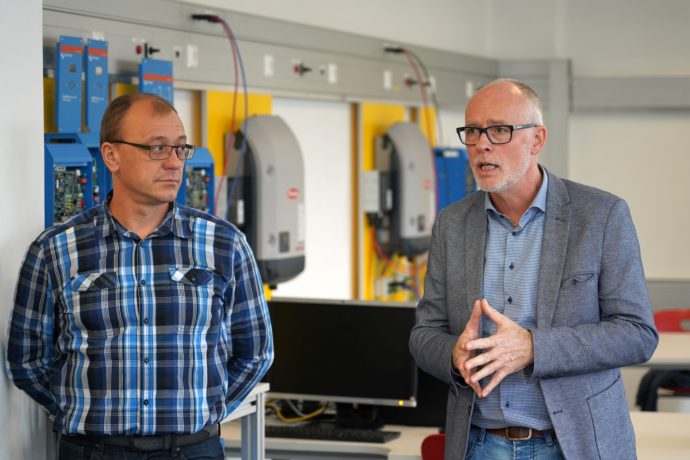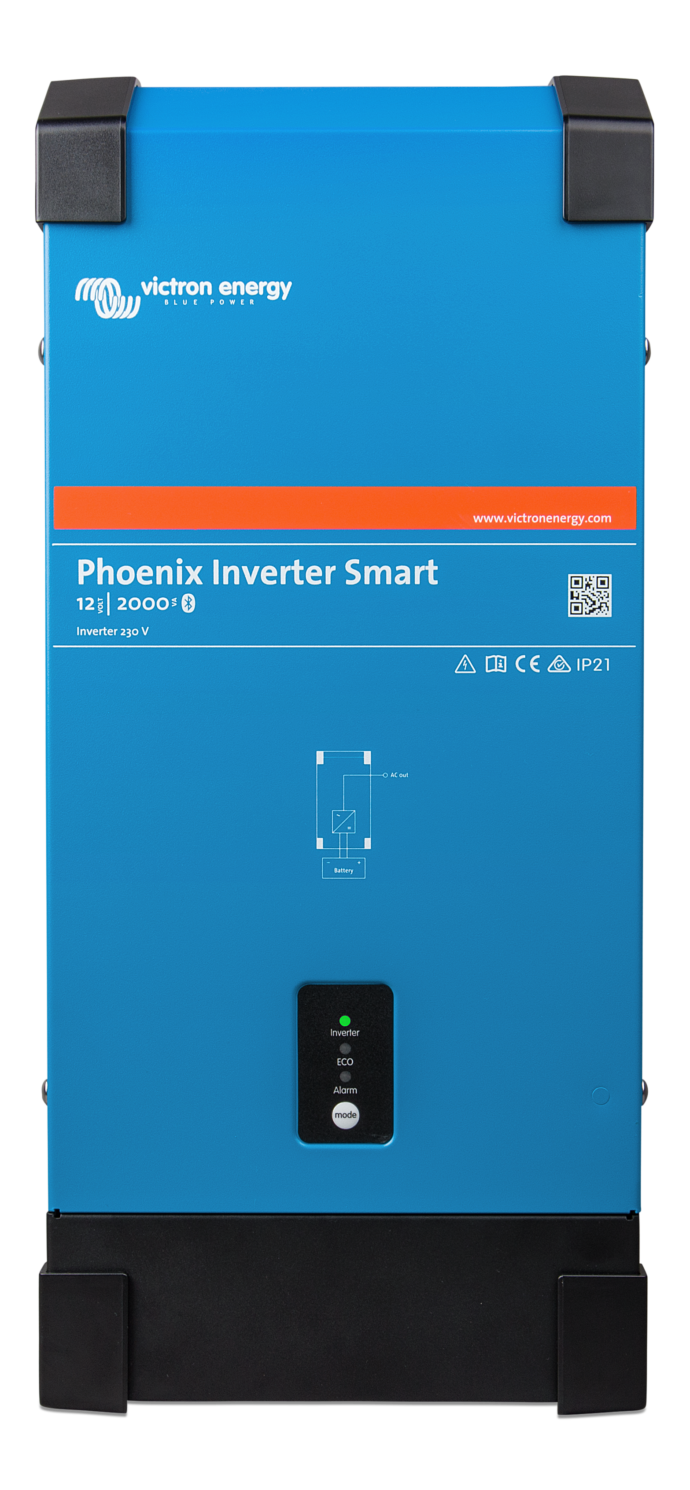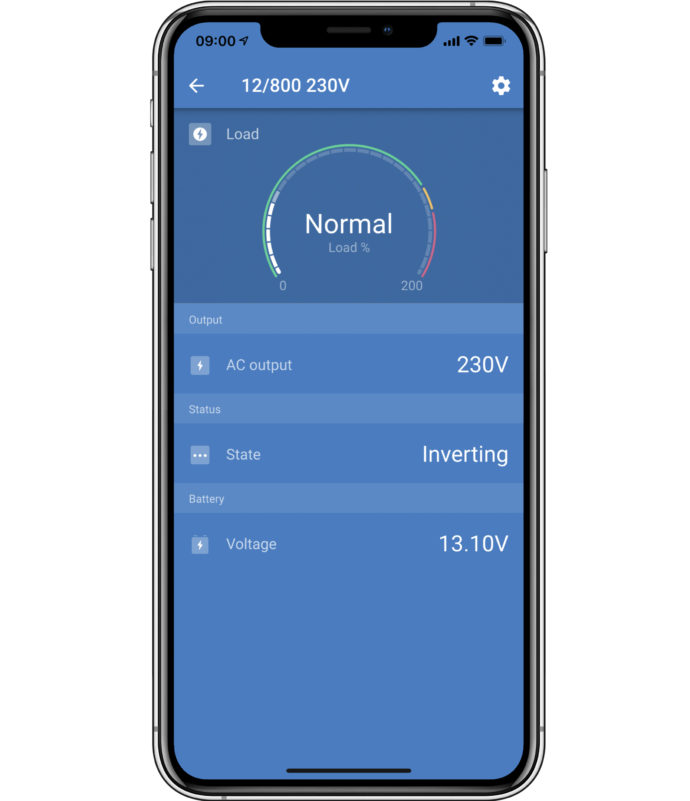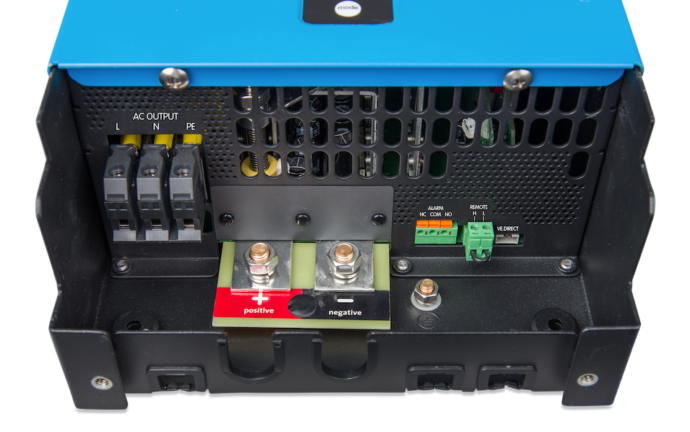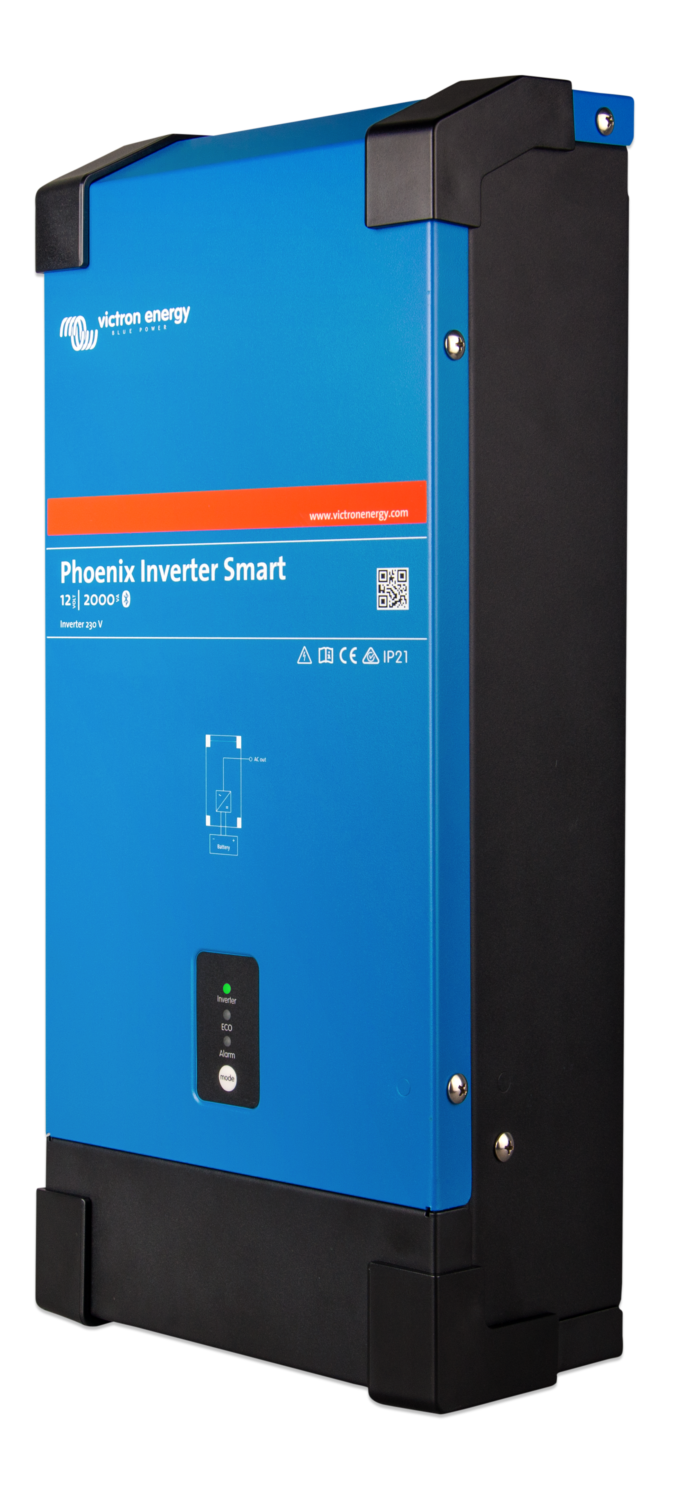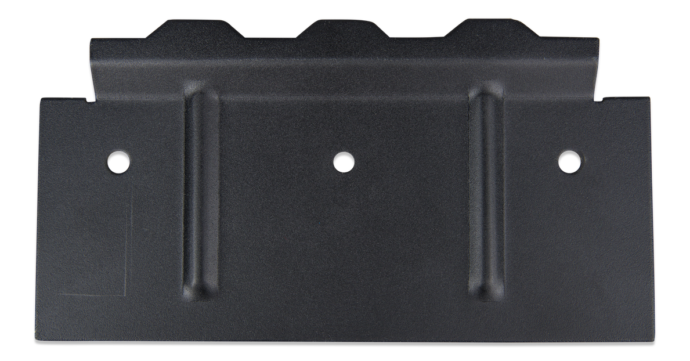Low cost, large-scale Battery storage is the key to accelerating the renewable energy revolution, and now shrimp have been enlisted in the cause. The aim is to push down the cost of flow batteries by using bio-based materials such as shrimp shells. That would help ramp up the transition out of fossil fuels and into clean power, thus saving the planet in time to avert a climate catastrophe.
Scientists led by MIT have suggested chitin, a carbon and nitrogen-rich material made from waste shrimp shells, could produce sustainable electrodes for vanadium redox flow batteries and other energy storage technologies.
Expert projections indicate a potential annual revenue of $2 billion (€1.8 billion) from shrimp farming in Ghana, which in 2015 had excited the country’s President John Dramani Mahama, who foresees it overtaking incomes from oil and gas if successful.
Thank you, shrimp. Wait, what is a flow battery?
Shrimp (May) Be The Key to Energy Storage That Flows
We’ll get to that flow battery thing in a minute. First let’s clarify the news about shrimp shells and energy storage, which has been zooming all over the Intertubes in recent days.
The news involves research published in April at ACS Sustainable Chemical Engineering under the title, “Exploration of Biomass-Derived Activated Carbons for Use in Vanadium Redox Flow Batteries.”
The research team did not exactly determine that shrimp shells are the best bio-based material for flow batteries. What they did was compare shrimp shells to pine wood, in order to develop a method for determining the performance of a wide variety of bio-based materials and develop a general set of design principles.
Got all that? Good! Shrimp could still come out on top, but shrimp shells are just one of many bio-based sources that could be used to produce the activated carbon used in flow batteries.
The bio-based approach is relatively new, so before anybody skips to the front of the line, there needs to be “a systematic approach to advancing biomass-based functional materials for use in energy applications,” as the research team explains.
If you know your atoms, you know what the team means when they conclude that “electrochemically accessible surface area, rather than the heteroatom composition” is a more effective representative of the material’s performance.
Spoiler alert: surface area is a big deal in energy storage performance.
Why Shrimp Shells & Energy Storage Go Together Like Rice & Beans
The big question is why shrimp shells for energy storage, and the answer is chitin. Pronounced KY-tin, chitin is found in the exoskeletons, beaks, scales, and other hard parts of insects and aquatic creatures, as well as the cell walls of fungi, with shrimp and crab being the most common sources.
Chitin is already commonly used for edible film and other food products. It also pops up in biomedical and pharmaceutical applications.
As a large-scale byproduct of the food processing industry, chitin is cheap, abundant, and available practically all over the world. In other words, perfect for a world in search of low cost, sustainable energy storage.
Chitin has been a wallflower in the clean tech field, but it lately it has been emerging as a sustainable alternative to petrochemicals, and there have been hints that it could be used to make solar cells.
About That Flow Battery…
So, flow batteries. For those of you new to the topic, flow technology has been around for a while, but it has gained new significance in the age of decarbonization because it can provide for large scale, long duration energy storage at a relatively low cost.
 Lithium-ion batteries are still the gold standard for energy storage, but they only last for a few hours. In order to integrate more wind and solar into the grid, you need energy storage technology that costs less and is more flexible and resilient, and is capable of handling grid-scale operations.
Lithium-ion batteries are still the gold standard for energy storage, but they only last for a few hours. In order to integrate more wind and solar into the grid, you need energy storage technology that costs less and is more flexible and resilient, and is capable of handling grid-scale operations.
Flow batteries fit the bill. The basic idea is that two specialized liquids can generate an electrical current through a chemical reaction, when they flow adjacent to each other. Typically they are separated by a thin membrane, though researchers have experimented with formulations that do not require one.
Membrane or not, the two liquids can be stored indefinitely in their own tanks, of practically any size. Aside from providing for large-scale storage, the setup does not lose capacity over extended down time, as is the case with conventional batteries.
The US Department of Energy is all over flow batteries as a sustainable replacement for centralized, fossil fuel power plants. The technology is part of the agency’s broader push for large scale, long duration energy storage.
Energy Storage, Now With Vanadium (Not Vibranium)
As you may surmise, flow batteries involve two key challenges. One is how to ramp up the efficiency of the chemical reaction between the two liquids, while keeping costs down. That’s where the new chitin research comes in (for those of you keeping score at home, the research team includes scientists from both MIT and Tufts).
The other challenge is to formulate the optimal liquids for enhancing the reaction. The chitin research team settled on the all-vanadium redox flow battery formulation.
That’s vanadium, not vibranium. Both are metals, but only one actually exists outside of the Marvel Universe.
Our friends over at the Energy Department are quite interested in the all-vanadium formulation. Back in 2012, the agency discussed the pros and cons.
“There are many kinds of [Redox Flow Battery] chemistries, including iron/chromium, zinc/bromide, and vanadium,” the Energy Department explained. “Unlike other RFBs, vanadium redox flow batteries (VRBs) use only one element (vanadium) in both tanks, exploiting vanadium’s ability to exist in several states.”
The one-element solution enables VRBs to avoid cross-contamination issues, which is a significant problem for other chemistries.
That doesn’t mean it’s all smooth sailing for VRBs, though.
“Sulfuric acid solutions, the electrolyte used in current VRBs, can only hold a certain number of vanadium ions before they become oversaturated, and they only allow the battery to work effectively in a small temperature window,” said the Energy Department.
“The low energy densities and small operating temperature window, along with high capital cost, make it difficult for the current VRBs to meet the performance and economic requirements for broad market penetration,” the Energy Department summed it up.
That didn’t stop New York City from dabbling in the technology back in 2014, in a project featuring vanadium technology developed by the company CellCube.
Meanwhile, the Pacific Northwest National Laboratory has been among those on the prowl for improvements to the technology, and the lab has come up with new energy storage chemistries that help keep costs down while addressing the energy density and temperature issues.
Last year the Energy Department surveyed emerging grid-scale energy storage options and noted that redox flow batteries “appear to be well positioned” due to the rapid pace of improvement in the technology.
As one indicator of stepped-up activity in the vanadium flow battery field, earlier this year the US company Avalon joined with redT Energy of the UK to form Invinity Energy Systems, which bills itself as “the world’s leading vanadium flow battery company.”








